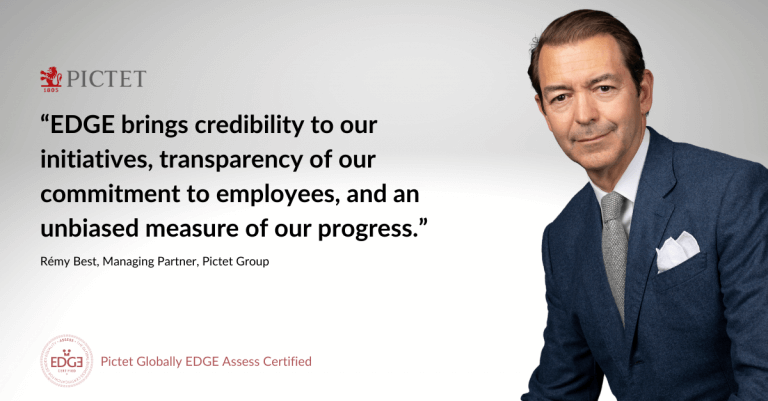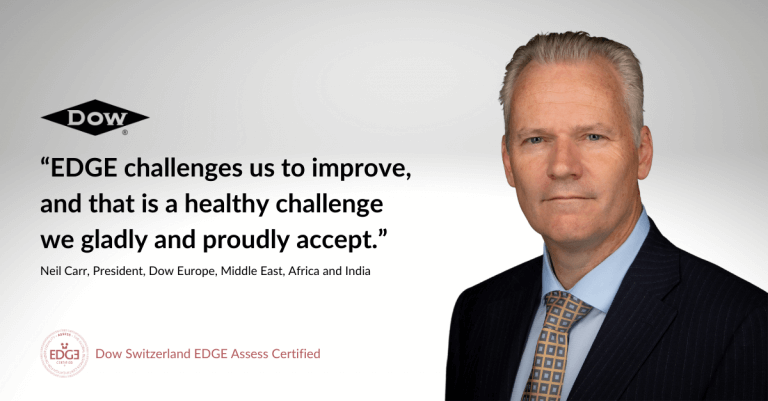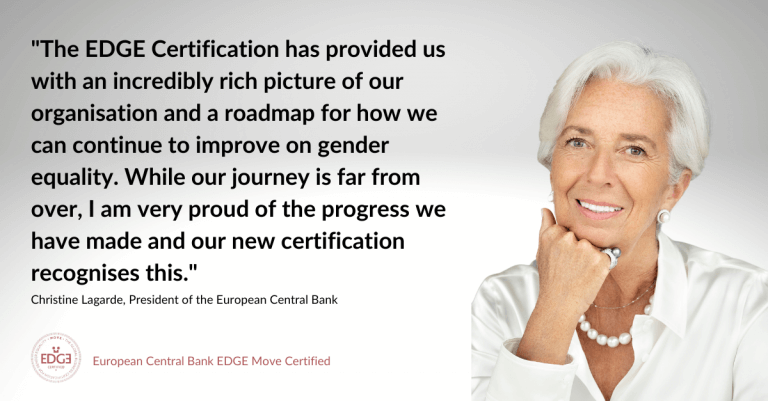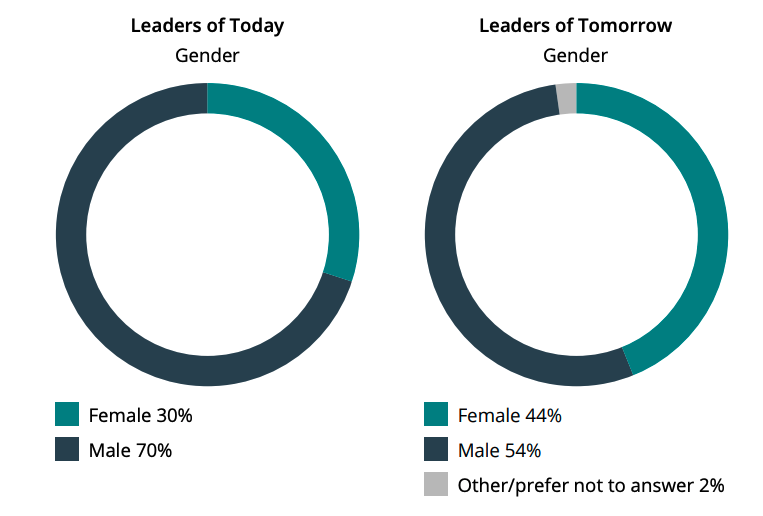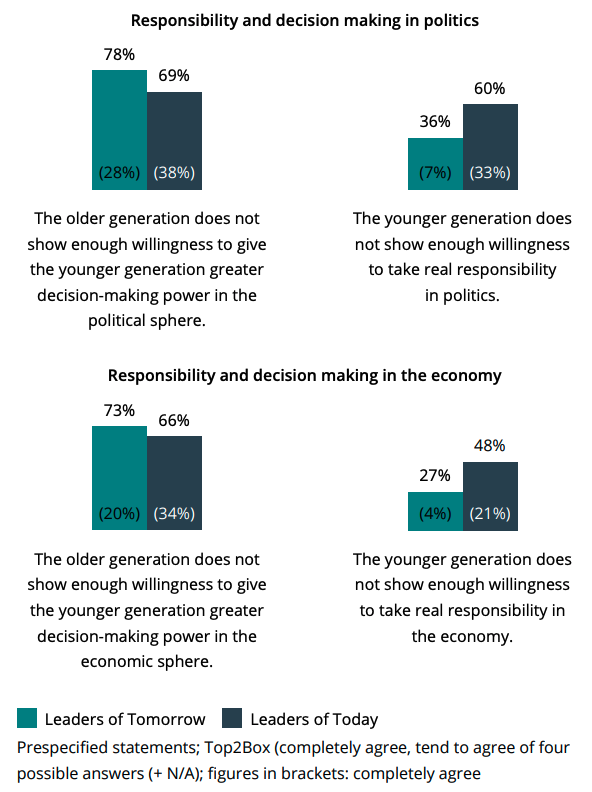The importance of transparency in ensuring corporate commitments to DE&I deliver Real. World. Change.

Author: Simona Scarpaleggia
Board Member, EDGE Strategy
We are all familiar with the subject of Diversity, Equity & Inclusion (DE&I). Never a day goes by without some business leader providing an interview to the media or making a presentation at an investor meeting promising great change in terms of how their workforce is recruited, treated and paid. And yet the rhetoric rarely, if ever, matches the reality.
The World Economic Forum Global Gender Gap Index, for example, makes rather depressing reading. While overall gender parity has improved since the report was first published in 2006, the overall gain is a miserly 3.8%. To put this into context, if the pace of improvement was to continue at that rate, it would be a full 132 years until the pay gap is finally closed. And in some countries, the gap has actually gone backwards.
As individuals, we witness – as consumers, employees or management experts – an array of declarations of intent. We hear how leaders ‘aspire’ to make a difference. Whether such aspirations are real or imagined, the fact is that those very same leaders are seldom in place long enough to drive – or be accountable for– the changes that need to happen. They end up being little more than empty words and vague promises that work well for a sound bite, and to be seen to be doing and saying the right things, but rarely result in any positive action.
Change will happen, but at present it is being forced upon an unwilling audience by the hard ‘stick’ of regulation and compliance, rather that the carrot of what a truly equitable workforce can deliver.
The NextGenerationEU post-COVID recovery plan, for example, includes a package of funding specifically allocated to improving gender equality whereas various corporate governance codes of practice with the UK, Germany, Italy and others now require businesses to disclose key information relating to gender equity and pay.
There was considerable excitement around the EU’s plan for gender quotas, and a new Directive that seeks to ensure women have at least 40% of seats on corporate boards. The issue is not the Directive itself, but rather how it is forcing change rather than bringing all parties willingly to the table. Even though bias and a tendency to maintain the status quo of privileges are two factors that tend to hinder the progress towards a more equitable workplace, pressure from stakeholders for greater equity is already strong and growing. Leaders know that they must steer their organization towards having a more diverse top table, but they do not want to surrender their freedom to make their own decisions, neither are they wholly convinced about whether a more equitable board works.
The real solution to improving gender equity is around transparency and being able to measure and evidence real progress towards a more equitable workforce. Indeed, measurement is the most necessary component in turning an aspiration into something tangible and deliverable. It is also essential that progress is measured to a recognized and agreed common standard, so that performance can be compared across countries, industries, and nations, and anchored to an agreed starting point.
So how is this best achieved? Organizations can create a transparent, effective, and sustainable equity system based on three pillars:
- Clear, standardized, and comparable measurement. This means agreeing to third-party certification as the highest-level of quality and objectivity regarding the DE&I policies you have in place and the progress you have made.
- Setting specific, realistic, and achievable short-term goals as well as confirming longer-term ambitions. This means less vague promises that will be forgotten about long after the current CEO has moved on and more immediate and precisely-defined goals where success can be more easily evidenced and monitored.
- Accountability of leaders and organizations. This means making business leaders truly accountable for their promises and their actions, and not simply making bold statements to satisfy the City.
Put simply, increasing transparency will ultimately deliver what everyone is looking to achieve: Real. World. Change.
Increasing transparency in this way will deliver a number of benefits. It will flush out incidents of attempted greenwashing or pinkwashing and avoid accusations from third parties that a business is being disingenuous in its intention of creating a more equitable workforce. It will safeguard those policies that an organization may already have in place relating to ESG, and further strengthen them. And it will put pressure on business leaders not simply to say the right things, but also do the right things too, and walk their talk.
Put simply, increasing transparency will ultimately deliver what everyone is looking to achieve: Real. World. Change.













